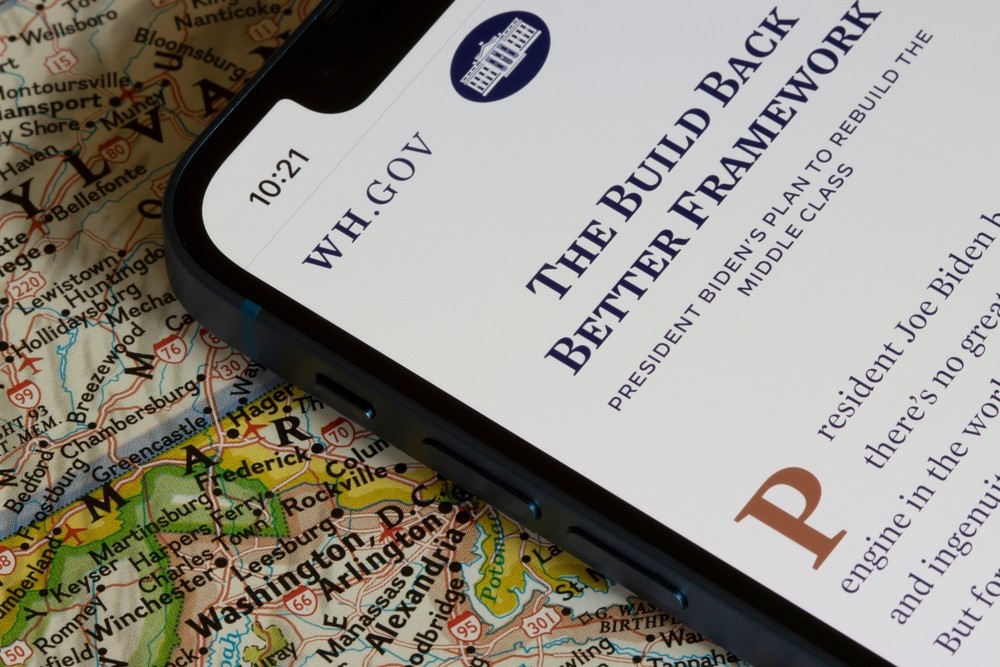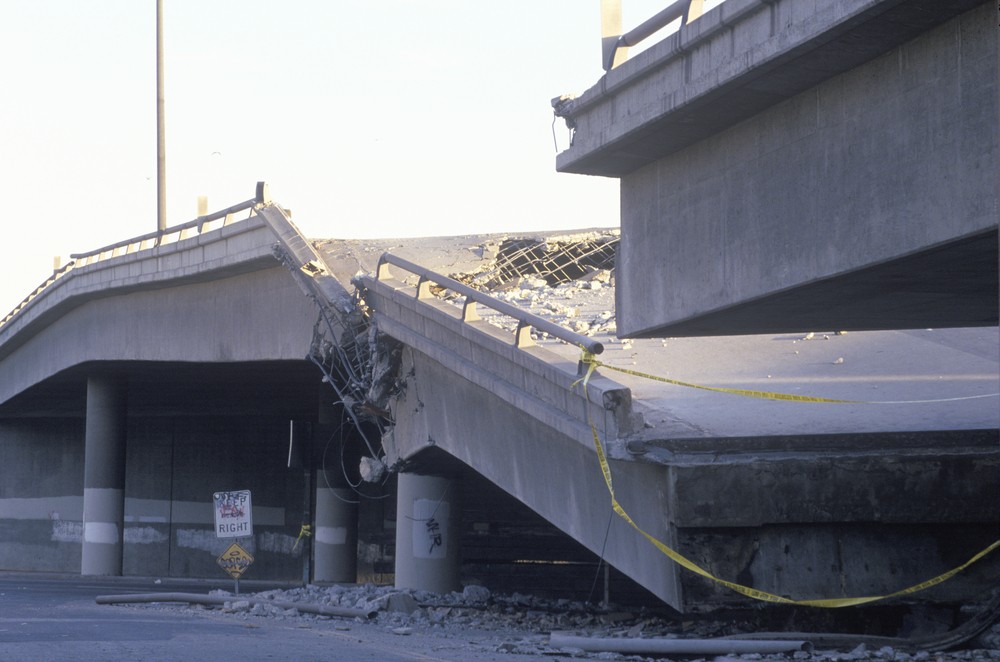The Infrastructure Bill Has Finally Arrived

After the better part of a year, and several contested iterations, the long-awaited infrastructure bill is finally here. On November 15, Biden signed the monumental $1 trillion bill into law, setting the stage for a long overdue reinvestment in American roadways, telecom, ports, airports, and other vital infrastructure.
So, what’s next? With funding allocations and distribution, target projects in essential public sectors, and extensive overhaul plans, the Infrastructure Investment and Jobs Act is complex. What’s included in the new law? How will it work? And what effects can manufacturers expect to see as a result?
The Infrastructure Investment and Jobs Act
The Infrastructure Investment and Jobs Act is a cornerstone of President Biden’s “Build Back Better” policy package. While the plan has been halved from $3.5 trillion to $1.75 trillion, most of the proposed infrastructure investments remain intact. The final 2,702-page bill includes $1.2 trillion in funding for multiple infrastructure updates, including:
- $110 billion for road and bridge construction, research, and repair
- $66 billion for rail system upgrades and maintenance
- $65 billion for power grid cybersecurity, power line updates, and provide clean energy
- $65 billion for providing broadband internet to low-income and rural areas
- $55 billion for water infrastructure improvements
- $50+ billion for cybersecurity protection and climate change initiatives
- $39 billion for public transit upgrades, including increased accessibility
- $25 billion for U.S. airport upgrades
- $21 billion for clean-up of gas mines and old oil and gas wells
- $17 billion for port infrastructure improvement and expansion
- $11 billion for highway, pedestrian, and pipeline safety
- $8 billion for western water infrastructure to mitigate drought conditions
- $7.5 billion to increase the number of electric vehicle (EV) charging stations nationwide
- $7.5 billion for electric school buses, particularly in low-income, rural, and tribal areas
Notably, the Congressional Budget Office (CBO) estimates the Infrastructure Investment and Jobs Act will cost an extra $256 billion over a decade — though proponents claim the funding will come from new revenue and unspent funds. It’s a point certain to come up again as funds begin to roll out.

Now, it’s up to states
Now that the stage is set for funding, it’s up to the states to put it towards better infrastructure. Before reaching the states, funds will flow through various federal agencies, including the Environmental Protection Agency and the U.S. Departments of Transportation, Energy, and Commerce. These agencies will distribute funds to the states. From there, state governments will have significant discretion when it comes to funding local infrastructure projects.
Manufacturers need to get ready
Funding from the bill will eventually reach manufacturers — accompanied by an influx of infrastructure work. This is undeniably good news, but it means manufacturers should begin preparations right away. Manufacturing companies need to hire and train workers, fix their supply chains, and reinvest in their specialties. As demand for skilled domestic labor rises, manufacturers will increasingly find themselves with opportunities for growth.
The Infrastructure Investment and Jobs Act is one of the largest pieces of legislation in American history. It brings long overdue opportunities to address failing infrastructure and provide work for domestic industry and American workers. Manufacturers in every sector should prepare to contribute. The proposed projects will take the better part of a decade to complete, and it’s going to take cohesive effort from the manufacturing industry.